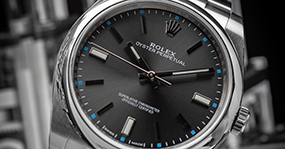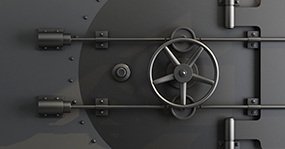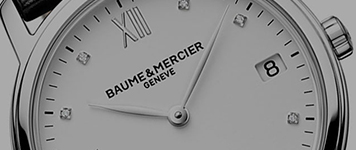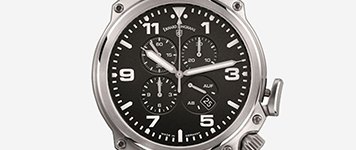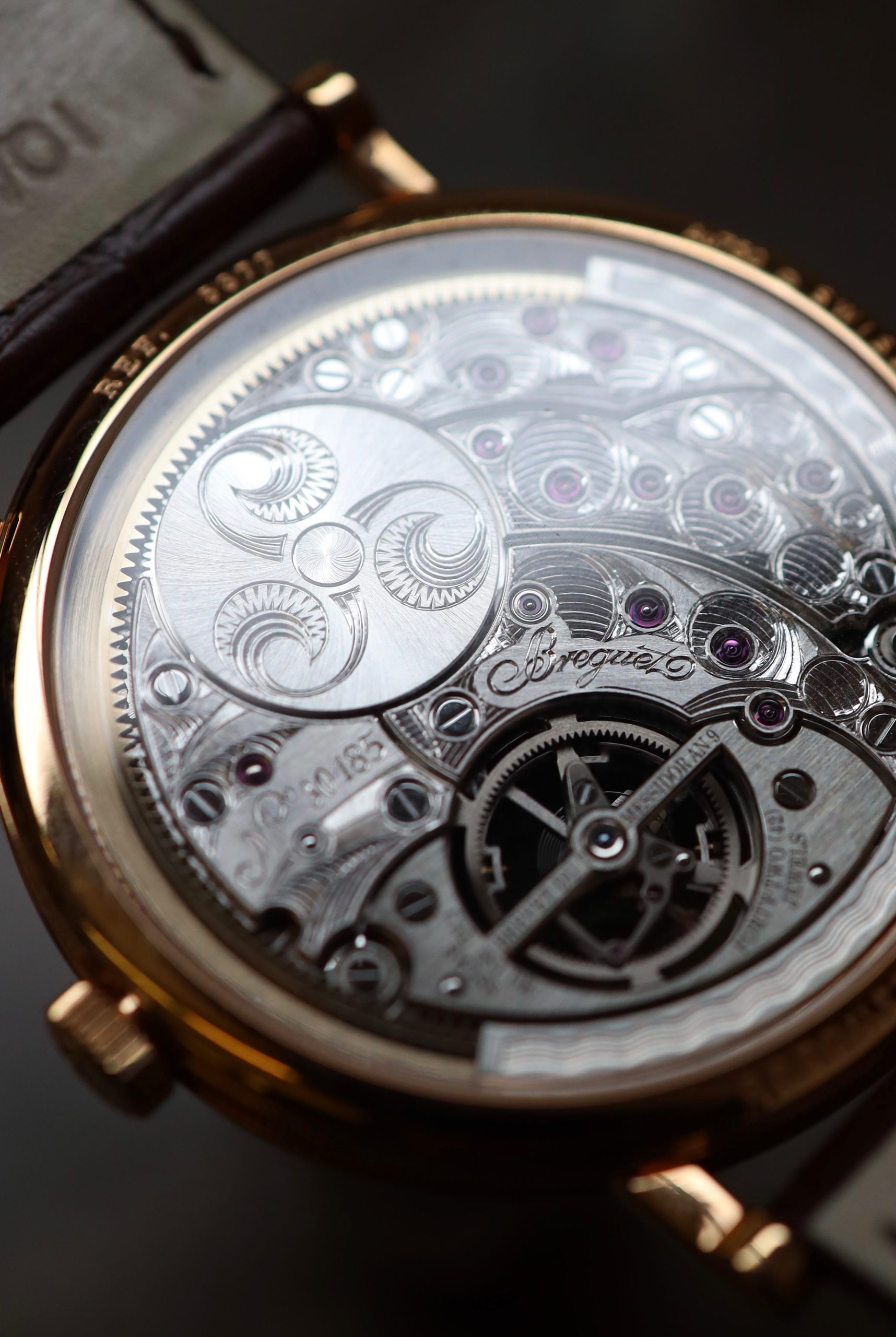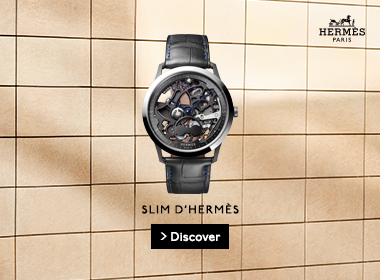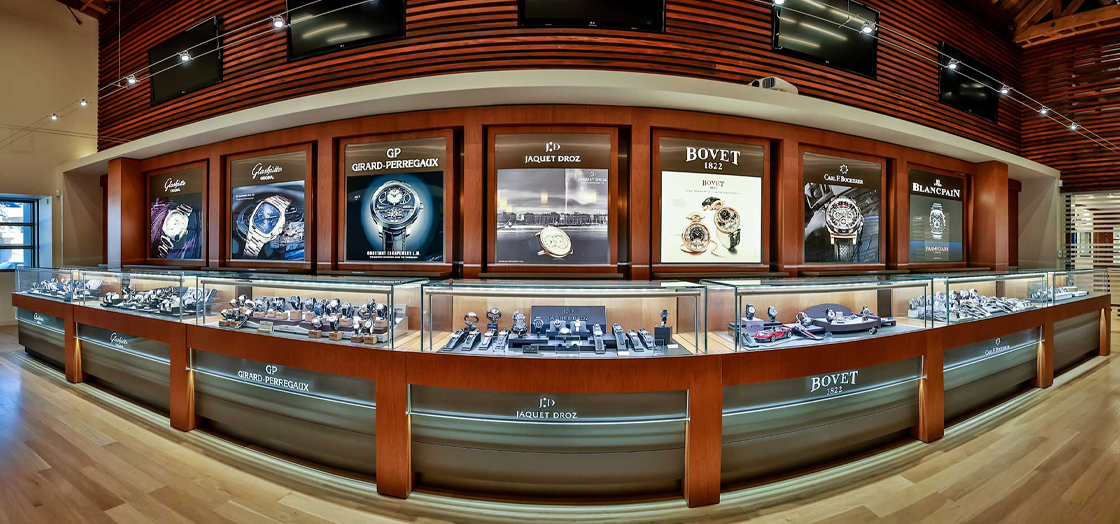
Why Does Your Mechanical Watch Have Jewels?
When you hear the words “jewel” and “watch” together in a sentence, what do you think of? Do you think of a diamond-encrusted dial? A stunning dress piece that flashes in the sunlight? Or do you think of the delicate internals that enable a watch to keep time? If the latter sounds unfamiliar, then join as we explore how jewels play a critical role in your watch, where they are located, and how they help keep perfect time!
Why Do Watches Need Jewels?
Unlike digital and quartz watches, a mechanical watch does not require a battery to run. Instead, an automatic watch utilizes the energy stored through a repeatedly wound spring. To make all these moving parts fully functional, various jewels are placed inside to act as bearings. They are located in the parts that interact the most – areas that experience a lot of friction. Unlike metals that can degrade and grind down, jewel components are smooth so they do not create any friction at all.
The Jewels Watchmakers Use
In general, most mechanical watches have at least 17 jewels but sometimes much more. One gem is dedicated to the proper functioning of the balance wheel. The rest of the watch parts including the staff pivot, center wheel, escape lever, escape lever pallet, escape wheel, third wheel, and the fourth wheel, contain at least two jewels. Watches that have this many jewels are called fully jeweled watches. Other higher-quality watches contain 21 jewels. These help minimize the positional errors of the watch.
Where do these jewels come from? Watchmakers previously used genuine precious stones, but recently, they started using lab-created jewels to meet the demand of the ever-growing popularity of mechanical watches.
Types of Jewels
Hole Jewels
This type of jewel is also known as the pierced jewel. It has a hole at the center and a slightly rounded top or a flat bottom. This jewel is placed at the wheel’s axle along with the cap jewel. Together, they make the pivot bearing that is responsible for allowing the axle to spin. Aside from this purpose, the unit creates an anti-shock assembly. Together with several springs, they are used on the balance staff. They help absorb any shocks that the watch receives.
Cap Jewels
The cap jewel works closely with the hole jewel. Unlike the hole jewel, it does not have an opening, but that feature allows it to minimize the movement of the balance staff. This element plays a huge role in ensuring that the watch’s insides are still protected even if it is hit or dropped.
Pallet Jewels
The pallet jewel is the jewel you would see at the end of each pallet fork’s arm. It is rectangular in shape and usually purple-pink in color, also adding to the mechanical watch’s functionality.
Roller Jewels
The roller jewel is placed on a roller disk and pushed by the pallet fork. This type of jewel is used as a connection between the escape wheel and the pallets. It usually is a ruby or sapphire jewel.
Conclusion
Jewels are not placed inside the watch merely for aesthetic purposes or to make the watch more expensive. Each is strategically placed to provide functionality and smooth the process of the mechanical watch. Of course, these jewels are as beautiful as they are functional. Placed strategically, they add a burst of color that draws the eye in.
Feldmar Watch has been a proud authorized retailer of fine watch brands and limited edition watches in the US for over a century. We offer a wide selection of brands, ever-changing pre-owned inventory, trade-in services, a unique buy-back program for pre-owned timepieces, and a state-of-the-art service department. Order today!



